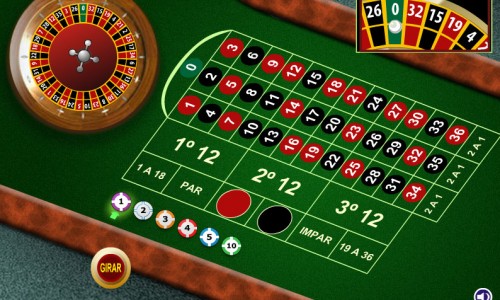
Gambling addiction is a pressing global issue impacting individuals and families 카지노솔루션. While gambling can entertain, it may lead to compulsive behavior with severe outcomes. Understanding the science of gambling addiction is vital for effective prevention and treatment. This guide explores the complex mechanisms of gambling addiction, highlighting risk factors, neurobiology, and intervention strategies.
What is Gambling Addiction?
Gambling addiction, recognized as compulsive or pathological gambling, involves an overwhelming compulsion to gamble despite adverse outcomes. Those affected may exhibit various symptoms, such as:
- Preoccupation with gambling
- Inability to control or stop gambling
- Gambling with increasing amounts of money
- Restlessness or irritability when attempting to cut down or stop gambling
- Using gambling as a way to escape problems or relieve negative emotions
- Chasing losses
- Lying to conceal the extent of gambling involvement
- Jeopardizing relationships, employment, or educational opportunities due to gambling
Understanding the Risk Factors
Factors influencing gambling addiction development:
Psychological Factors
- Personality Traits: Certain personality traits, such as impulsivity, sensation-seeking, and a tendency towards risk-taking, may predispose individuals to gambling addiction.
- Mental Health Disorders: Gambling addiction often co-occurs with depression, anxiety, and substance abuse disorders, showcasing the intricate link between mental health and addictive behaviors. This interplay highlights the complexity of addressing these issues collectively.
Environmental Factors
- Availability and Accessibility: Convenient availability of gambling venues, online platforms, and broad societal acceptance of gambling can heighten the likelihood of addiction.
- Social Influences: Factors like peer pressure, a family background of gambling issues, and early exposure to gambling can impact the probability of someone developing an addiction.
Neurobiological Factors
Recent research has shed light on the neurobiological aspects of gambling addiction. Neuroimaging studies reveal that individuals with this addiction display brain irregularities in areas linked to processing rewards, controlling impulses, and making decisions. Dopamine, a neurotransmitter tied to pleasure and reward, plays a pivotal role in how the brain responds to gambling-related cues. The excessive practice of gambling can disrupt the dopamine system, fueling compulsive behaviors and intensifying cravings.
The Cycle of Addiction
Gambling addiction follows a cyclical pattern, characterized by three distinct phases:
Winning Phase
During this phase, individuals experience a sense of euphoria and excitement when they win, reinforcing the behavior and encouraging further gambling.
Losing Phase
As losses mount, individuals may feel distress, frustration, and a strong urge to recover their losses, prompting heightened engagement in gambling activities.
Desperation Phase
During the desperation phase, people might turn to drastic measures to fund their gambling addiction, like borrowing money, getting involved in illegal activities, or jeopardizing significant relationships and assets.
Intervention Strategies
Combating gambling addiction necessitates a comprehensive strategy that integrates preventive measures, timely interventions, and effective treatment methods.
Prevention
- Public Awareness Campaigns: Raising awareness about the dangers of gambling addiction and advocating for responsible gambling habits can effectively deter the development of harmful gambling tendencies.
- Regulatory Measures: Implementing regulations to limit access to gambling venues, restrict advertising, and enforce age restrictions can mitigate the proliferation of gambling-related harm.
Intervention
- Cognitive-Behavioral Therapy (CBT): Cognitive Behavioral Therapy (CBT) targets the identification and alteration of unhelpful thoughts and behaviors linked to gambling addiction. This aids individuals in crafting coping mechanisms and enhancing their impulse control.
- Motivational Interviewing: This therapeutic approach focuses on enhancing motivation and commitment to change, guiding individuals towards healthier behaviors and lifestyle choices.
Treatment
- Support Groups: Peer support groups like Gamblers Anonymous offer individuals a forum to exchange experiences, garner support, and draw insights from those who have triumphed over akin hurdles.
- Medication: In certain instances, medications like antidepressants or opioid antagonists could be recommended to manage underlying mood disorders or cravings linked to gambling addiction.
Conclusion
Gambling addiction is a multifaceted disorder with societal impacts. Understanding risk factors and neurobiological mechanisms is crucial for effective prevention and treatment strategies. Collaboration among policymakers, healthcare professionals, and stakeholders can help reduce gambling addiction prevalence and support recovery journeys.